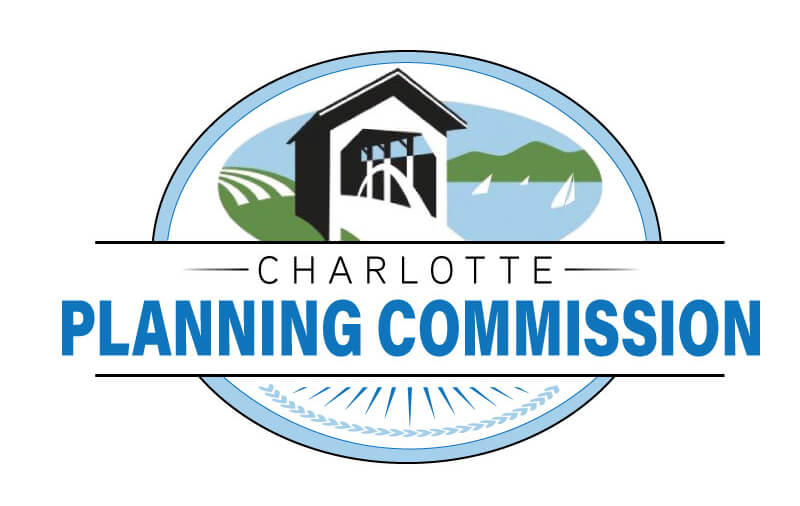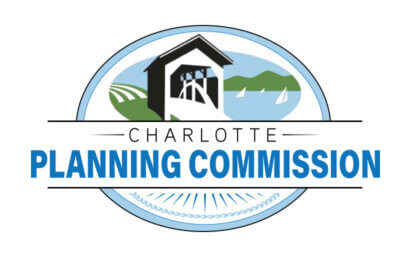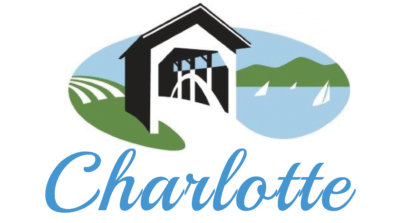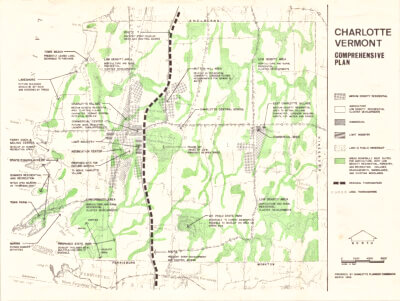Charlotte planning commission eyeing looser land-use regs
(The original version of this article erroneously characterized comments made by conservation commission member Claudia Mucklow.)
Planning commission members in Charlotte are considering loosening land-use regulations after the outcry surrounding development on Thompson’s Point.
The overall consensus at the commission’s meeting Oct. 5 was that officials need to identify regulation changes that would allow “the landowners or lease-holders flexibility to modify and improve their structures while maintaining the look and feel of Thompson’s Point,” as emphasized by chair Charlie Pughe.
The commission plans to look at draft amendments to the regulations at its next meeting this Thursday, Oct. 19, based on ideas gleaned from the attendees last week.
Beth Humstone, a Thompson’s Point resident, believes there are certainly issues in the town permitting process. For one, the requirement for conditional-use review for building improvements is costly. She has a leaking shed needing an update, she said, but she’d need to pay around $800 to get the review done, more than the shed costs itself.
The process is full of “onerous restrictions” that need to change. Instead of a “blanket rule,” Humstone said, there should be a “case-by-case” process. People should be allowed to more easily update their properties to make them safe for residents from a “livability standpoint.”

Commission member Robert Bloch agreed. He pointed out that most structures at Thompson’s Point are “ramshackle, completely outdated, totally useless, obsolete structures” — drawing laughs from attendees. Current rules make structural improvements overly difficult for residents, he said.
Selectboard member Kelly Devine said it’s important to give the development review board, which determines whether projects meet the rules, a clearer direction in any new regulations. As examples of ambiguity in the current rules, she pointed to regulations on tree protection and a project’s distance from Lake Champlain and steep slopes.
Revising rules to improve clarity could reduce appeals and other legal risks to the town, too, she said. Officials can avoid “racking up some legal bills” by “figuring out” revisions.
But others believe the commission must also consider preserving the look and feel of Thompson’s Point and whether revising the current land-use regulations would conflict with that — and with environmental goals.
Claudia Mucklow, a member of the Charlotte Conservation Commission, suggested officials should adopt stronger regulations to protect the land by restricting building on steep slopes and the use of heavy equipment.
And Maggie Citarella, conservation commission chair, said it seems “slanted” to “undue regulatory burdens or processes” when they have especially been put in place to preserve the environment.
Sharon Mount, also of the conservation commission, argues Thompson’s Point is “not a plain, it’s a forest,” meaning developments would likely involve cutting trees and altering the “look” of the land.
Humstone, the Thompson’s Point resident, said residents want to preserve the historic feel and “modest appearance” of the community there, too.
(Meryl Hartmann reported this story on assignment for The Charlotte News. The Community News Service is a program in which University of Vermont students work with professional editors to provide content for local news outlets at no cost.)
Related Stories
Popular Stories
If you enjoy The Charlotte News, please consider making a donation. Your gift will help us produce more stories like this. The majority of our budget comes from charitable contributions. Your gift helps sustain The Charlotte News, keeping it a free service for everyone in town. Thank you.
Bill Regan, Chair, Board of Directors







